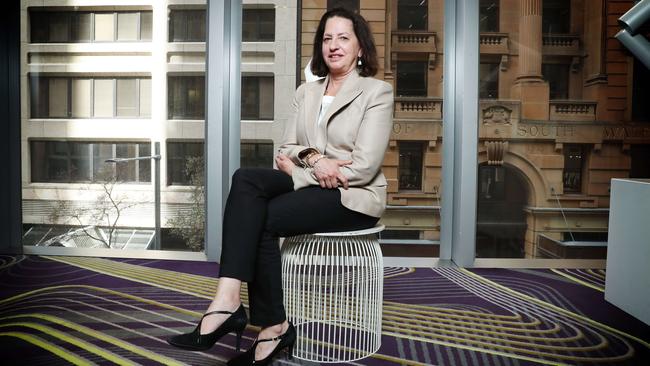Changes needed ahead of clean energy switch: AEMO
The national power grid operator says market and regulatory changes are needed to accommodate more solar and wind power.

The national power grid operator says market and regulatory changes will be required to allow solar and wind to provide up to 75 per cent of electricity at times by 2025 in a move that may meet resistance from dispatchable generators fighting to remain profitable against renewables.
The Australian Energy Market Operator has been studying how to integrate a greater level of clean energy into the national electricity market as ageing coal plants give way to cheaper supplies of clean energy over the next two decades.
The nation’s power grid will only be able to handle three-quarters of its power coming from solar and wind generation in five years time if changes are made to system security, solar standards and settings and the construction of transmission, AEMO said in its renewable integration study released on Thursday.
“We’re on this train and we’re likely to get there pretty soon but we need to get these things in place,” AEMO chief executive Audrey Zibelman told The Australian.
Failing to make system changes could see AEMO having to limit the contribution of solar and wind at 50-60 per cent by 2025, even though the generation sources are the lowest-cost means of producing power. If the changes are made, the power grid could even run completely on renewables in some areas at times.
“The study shows there’s really not a technical reason that we couldn’t manage the system, but the question becomes what do we need to put in place to ensure we can effectively manage it and those are rules, regulations and standards to pay for the services we need,” Ms Zibelman said.
“Before the coal plants retire and we start relying on these renewables resources, we need to make these changes in the market. Otherwise we’ll be operating in an insecure state and we won’t allow that to occur.”
The challenges of adding new regulations and market changes along with a cost-benefit assessment will be integrated into AEMO’s integrated system plan, which maps out a 20-year vision of how the power grid will shift from coal and gas towards renewables backed up by hydro and batteries.
Still, advocates of dispatchable generation, including power baron Trevor St Baker, have historically raised issues with any move to integrate significantly more solar and wind given concerns about the fragility of the grid while also protecting the profitability of their own coal plants such as Vales Point.
“One of the reasons we did this analysis was because we understood that — and Trevor St Baker has said this for a couple of years — but the analysis shows from a technical point there is not a limit in what we can do to manage the system,” Ms Zibelman said.
Consultation with the industry will be held over the next two months over AEMO’s renewables plan. AEMO said on Wednesday the cost to build new supplies of pumped hydro, transmission and gas generation had soared while batteries had fallen sharply under revised estimates by the national electricity operator as it finalises the long-term design of the power grid.


To join the conversation, please log in. Don't have an account? Register
Join the conversation, you are commenting as Logout